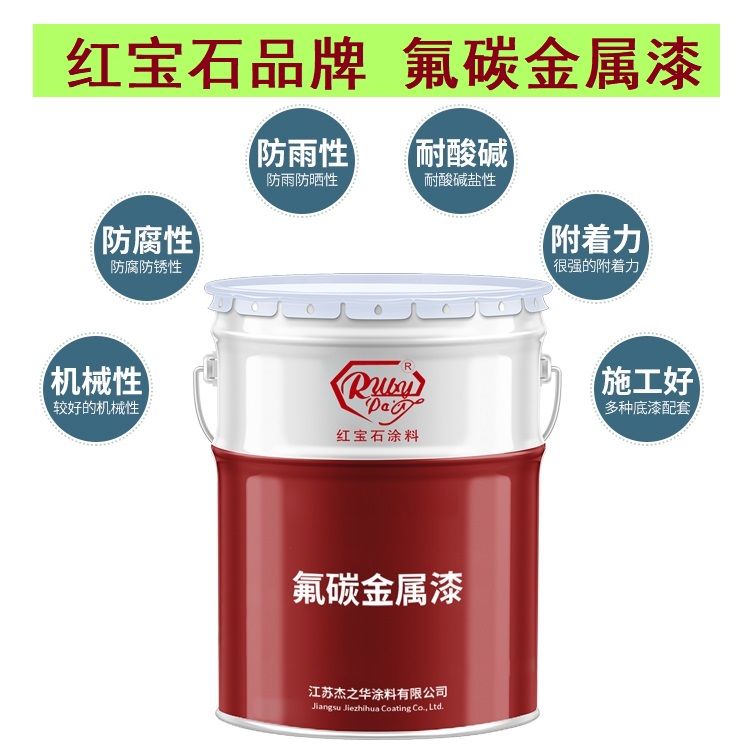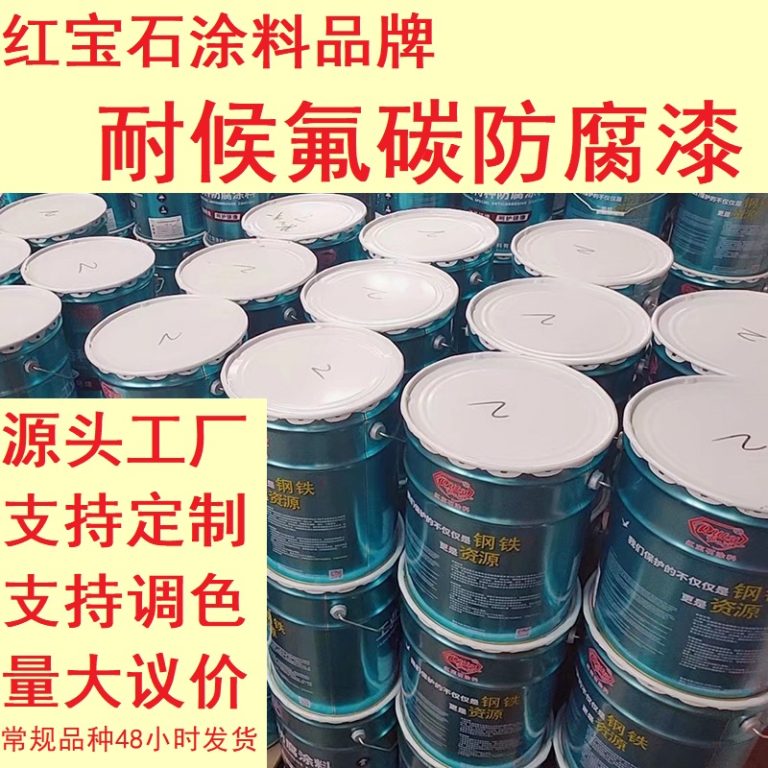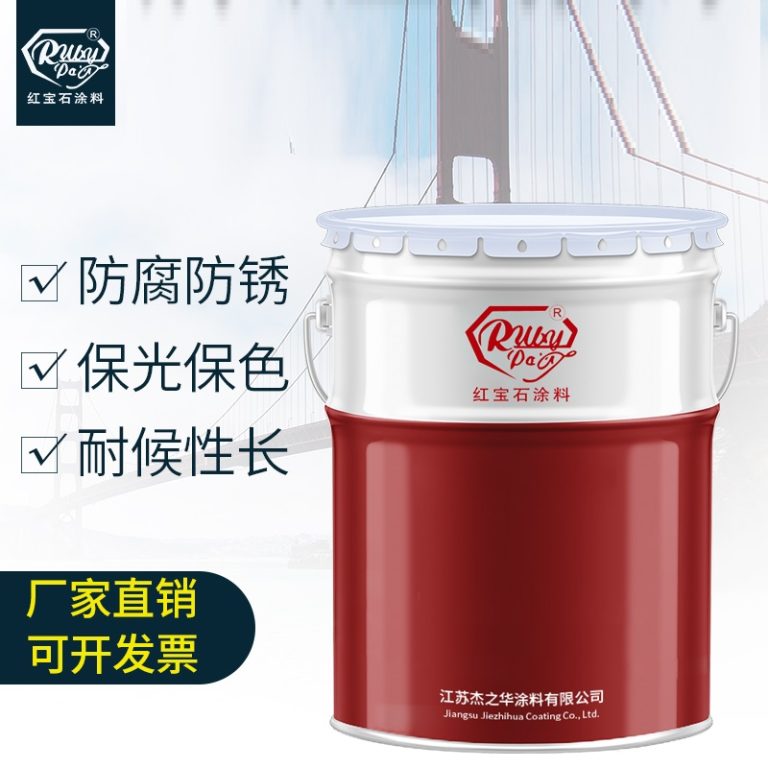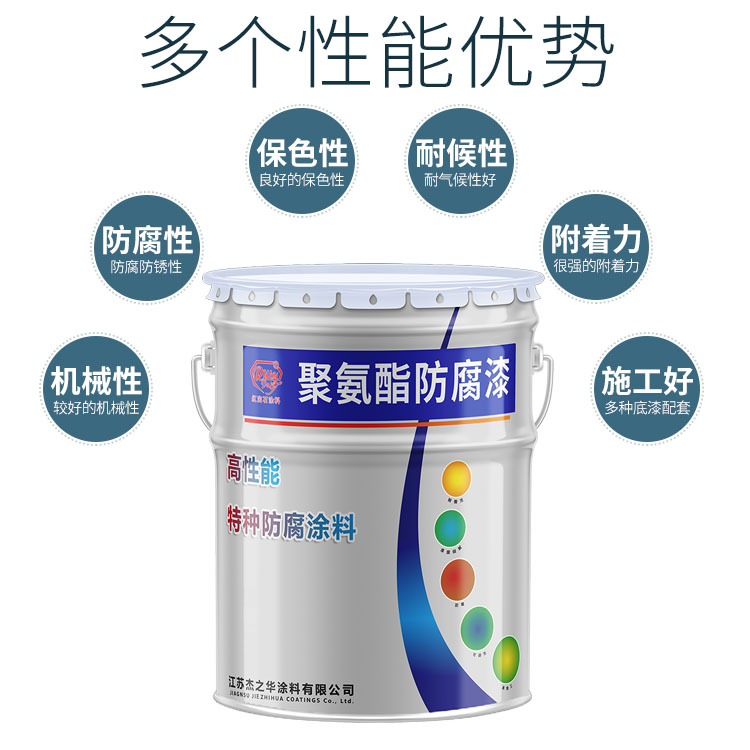Table of Contents
فهم ثابت العزل الكهربائي لطلاء البولي يوريثين وتطبيقاته
الرقم التسلسلي
| المنتج | طلاء إيبوكسي غني بالزنك |
| 1 | العوامل المؤثرة على ثابت العزل الكهربائي في تركيبات دهانات البولي يوريثان |
لا.

اسم المنتج
الطلاء الصناعي
في الختام، يعتبر ثابت العزل الكهربائي لطلاء البولي يوريثان خاصية معقدة تتأثر بعوامل مختلفة، بما في ذلك تركيبة الطلاء، ونوع وكمية المواد المضافة المستخدمة، والظروف البيئية أثناء التطبيق والمعالجة. يعد فهم هذه العوامل أمرًا ضروريًا لتحسين خصائص العزل الكهربائي لطلاء البولي يوريثين لتطبيقات محددة. من خلال اختيار مكونات التركيبة بعناية والتحكم في ظروف التطبيق والمعالجة، يمكن للمصنعين تخصيص خصائص العزل الكهربائي لطلاء البولي يوريثين لتلبية متطلبات التطبيقات الصناعية المختلفة.
| No. | Product Name |
| 1 | Industrial paint |
Additives are another critical factor influencing the dielectric constant of polyurethane paint. Various additives, such as fillers, pigments, and plasticizers, are commonly used in polyurethane paint formulations to enhance specific properties. Fillers, such as silica or calcium carbonate, can increase the dielectric constant by introducing polar groups that enhance the material’s ability to polarize in response to an electric field. Conversely, non-polar additives, such as plasticizers, can decrease the dielectric constant by increasing the flexibility of the polymer chains and reducing the overall polarity of the material.
The type and concentration of solvents used in polyurethane paint formulations can also impact the dielectric constant. Solvents play a crucial role in adjusting the viscosity and flow properties of the paint, but they can also affect the dielectric properties. Polar solvents, such as alcohols or ketones, can increase the dielectric constant by enhancing the polarity of the paint formulation. On the other hand, non-polar solvents, such as aliphatic hydrocarbons, may decrease the dielectric constant by diluting the polar components of the paint.
Environmental conditions during the application and curing of polyurethane paint can also influence its dielectric constant. Temperature and humidity levels can affect the rate of polymerization and the final properties of the cured paint. High temperatures can accelerate the polymerization process, leading to a more densely cross-linked polymer matrix with potentially lower dielectric constant. Conversely, high humidity levels can introduce moisture into the paint formulation, which can increase the dielectric constant due to the polar nature of water molecules.
In conclusion, the dielectric constant of polyurethane paint is a complex property influenced by various factors, including the formulation of the paint, the type and amount of additives used, and the environmental conditions during application and curing. Understanding these factors is essential for optimizing the dielectric properties of polyurethane paint for specific applications. By carefully selecting the formulation components and controlling the application and curing conditions, manufacturers can tailor the dielectric properties of polyurethane paint to meet the requirements of different industrial applications.




